All you need for today's easy science experiment is tape, paper and some books. This is a super simple STEM challenge for kids of all ages.
We're going to test the strength of paper folded into different shaped columns by piling books on top.
Did you know some shapes are stronger than others?
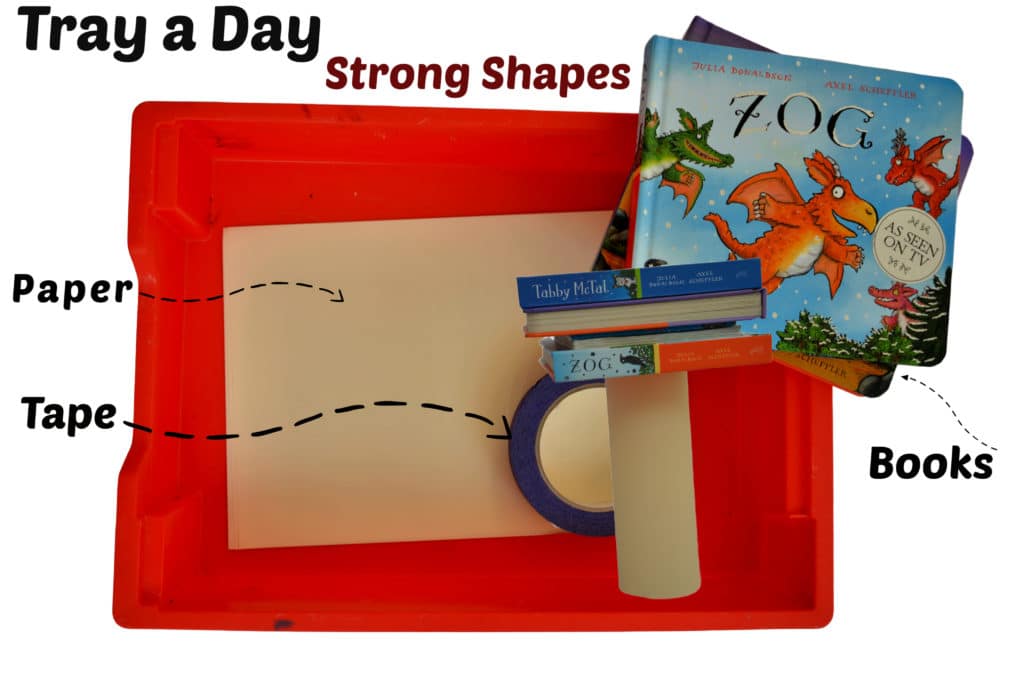
What you need
3 pieces of normal thickness paper
Sellotape or masking tape
Stack of books
Instructions
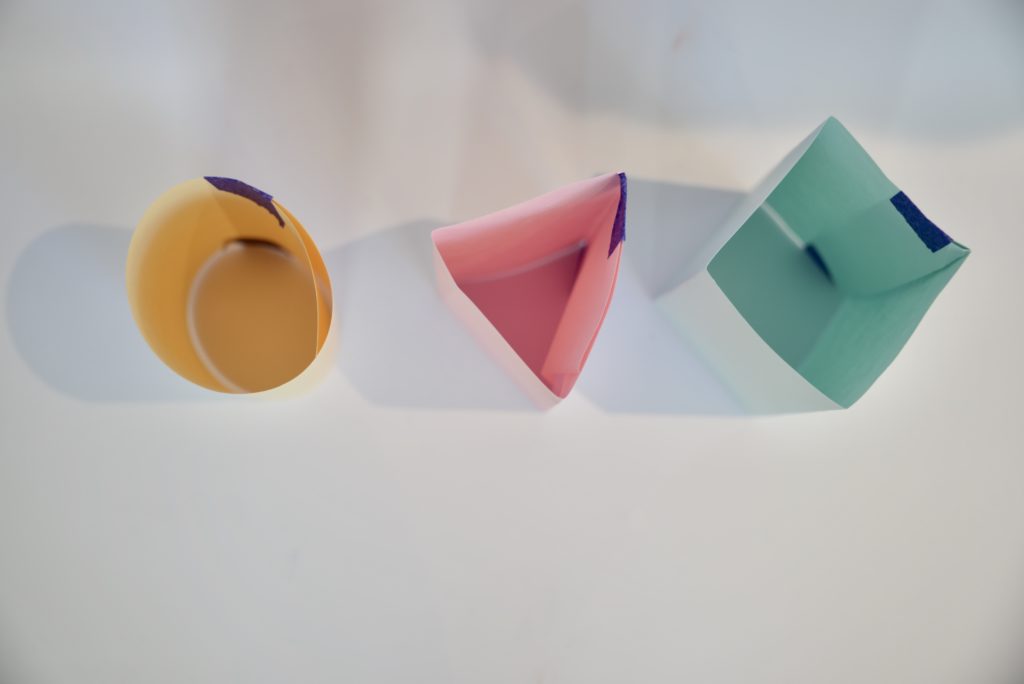
Square column
Fold one piece of paper in half and then fold each end in half again towards the centre fold, so the paper is split into four even segments. Fold the paper into a square and secure with tape.
Circular column
Fold the second piece of paper into thirds to create a triangular column
Circular Column
Tape the edges together to form a cicrular column.
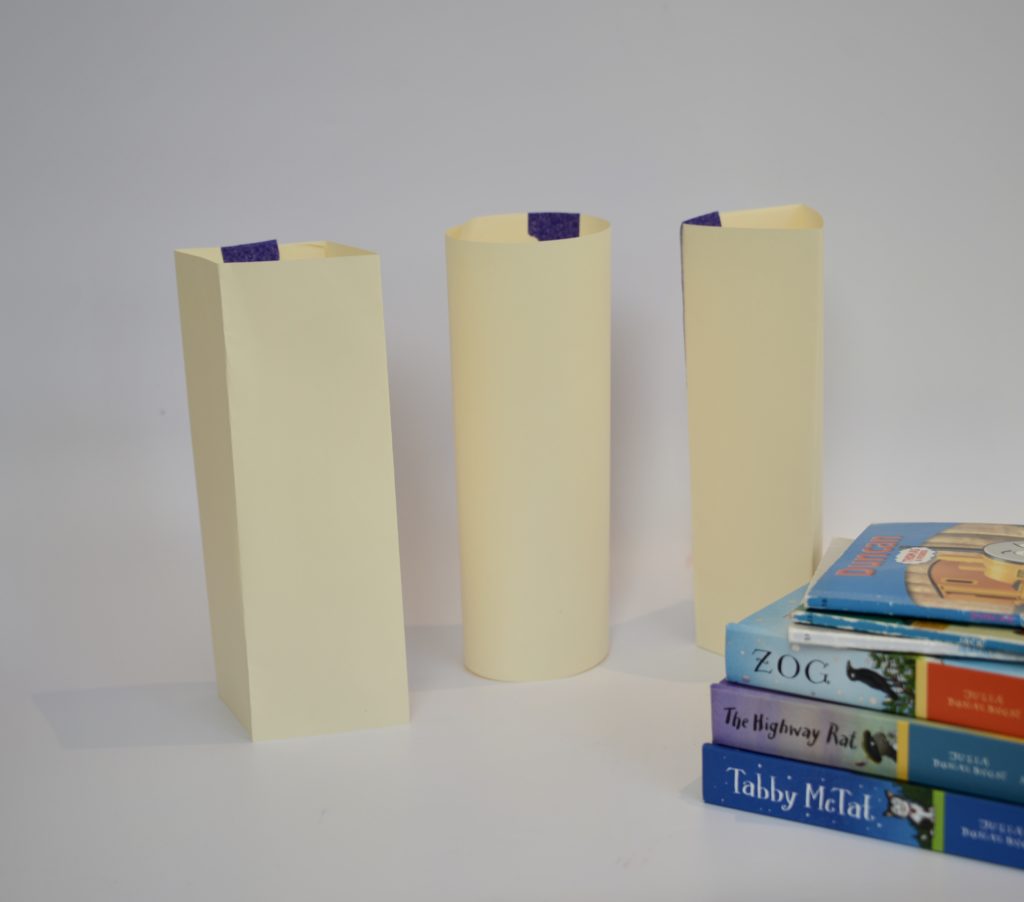
You can have a bit of overlap when creating these but try and keep it the same for all columns.
Stand each column up and carefully place books on top of each one. Use the same books in the same order until the column collapses.
Record how many books each column holds.
Remember to use the same books in the same order and the same size paper for each column.
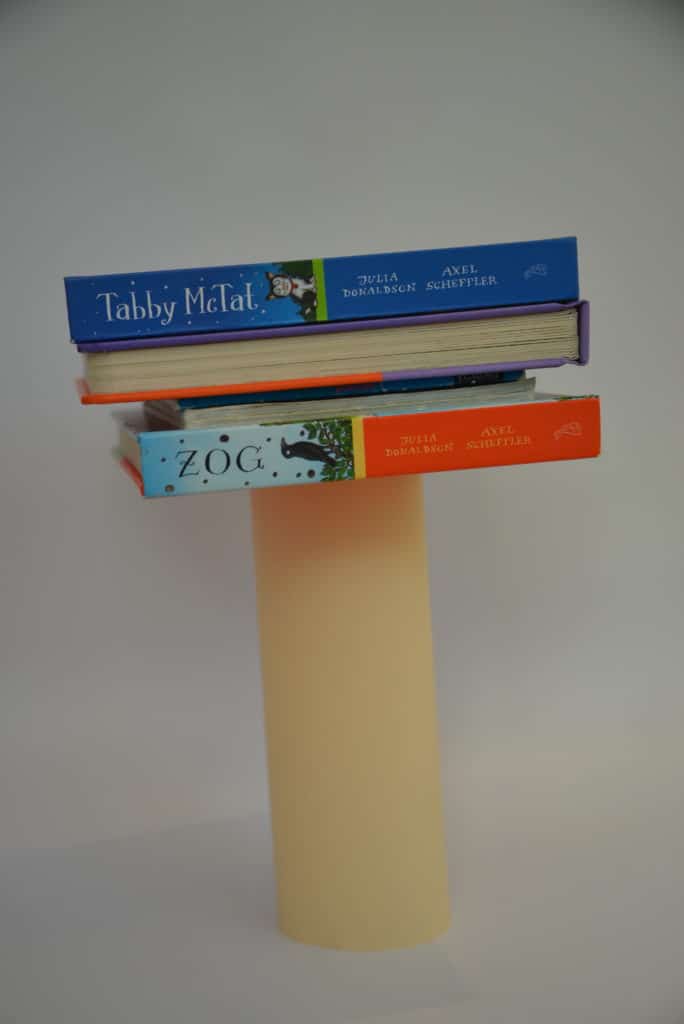
Results - Strong Shapes
We tried the experiment twice and both times found the circular column to be the strongest. This is because it doesn't have any edges so the weight of the books is shared evenly by the circle.
The square and triangle support the books on their edges and corners meaning they collapse.
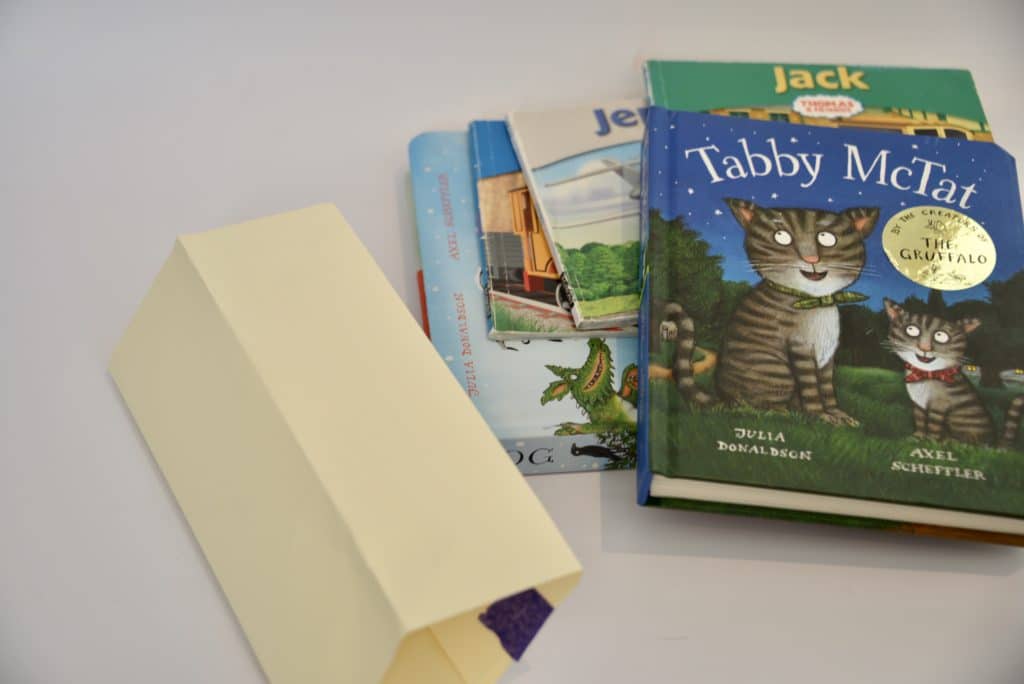
Columns in real life
Where have you seen columns in real life?

If you liked this experiment you might like our other paper science experiments too.
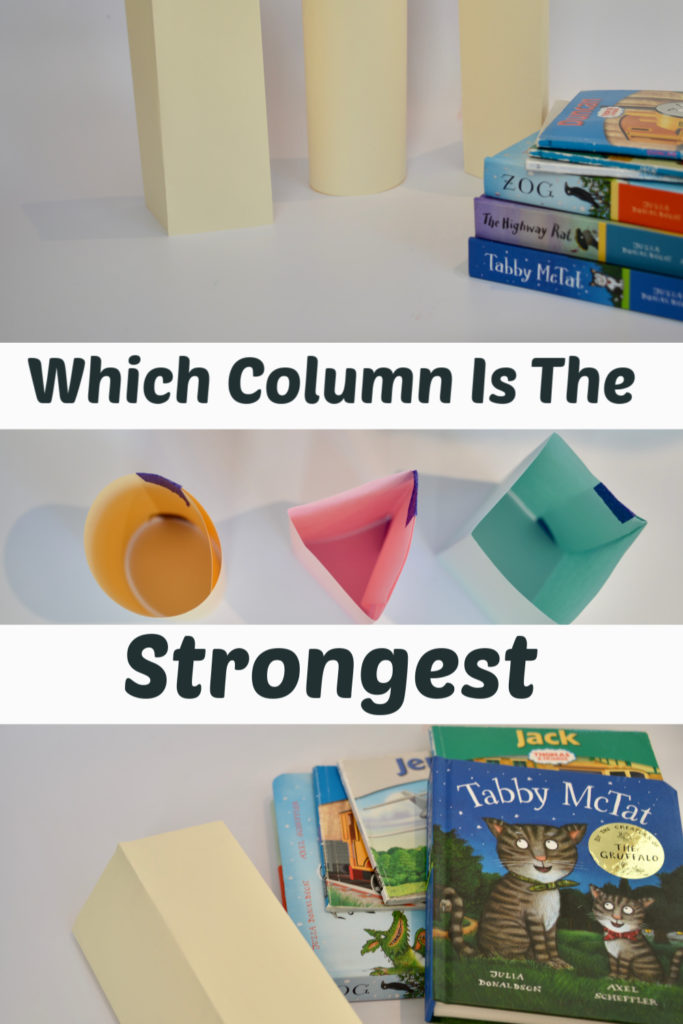
Last Updated on April 30, 2020 by Emma Vanstone



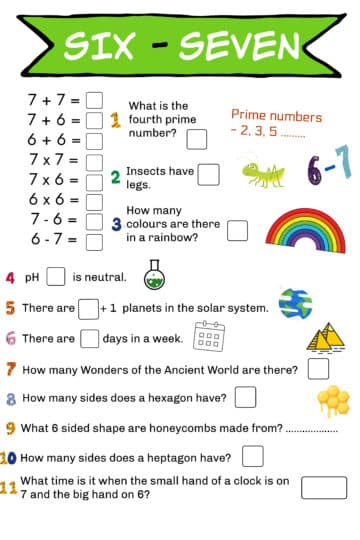
Leave a Reply